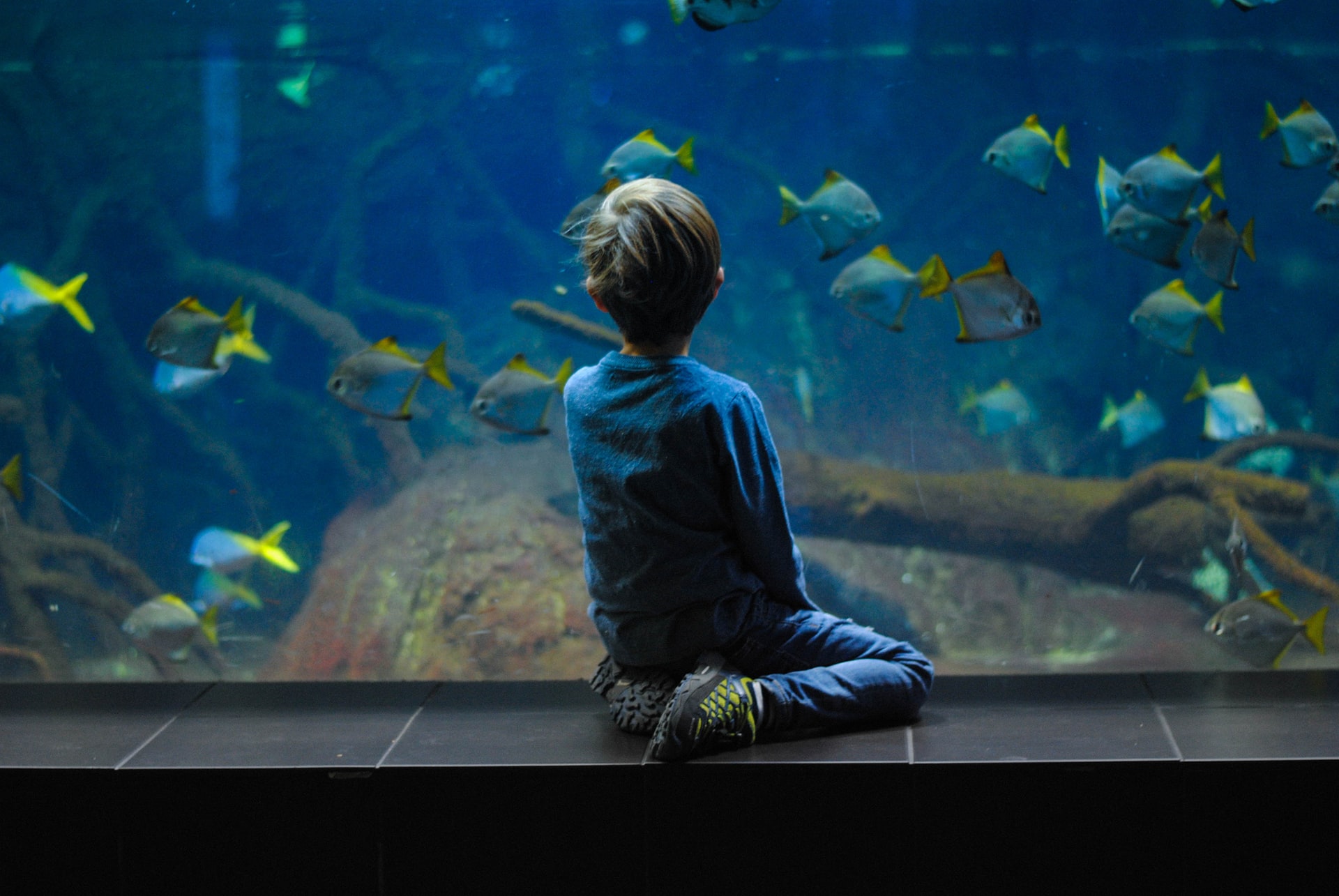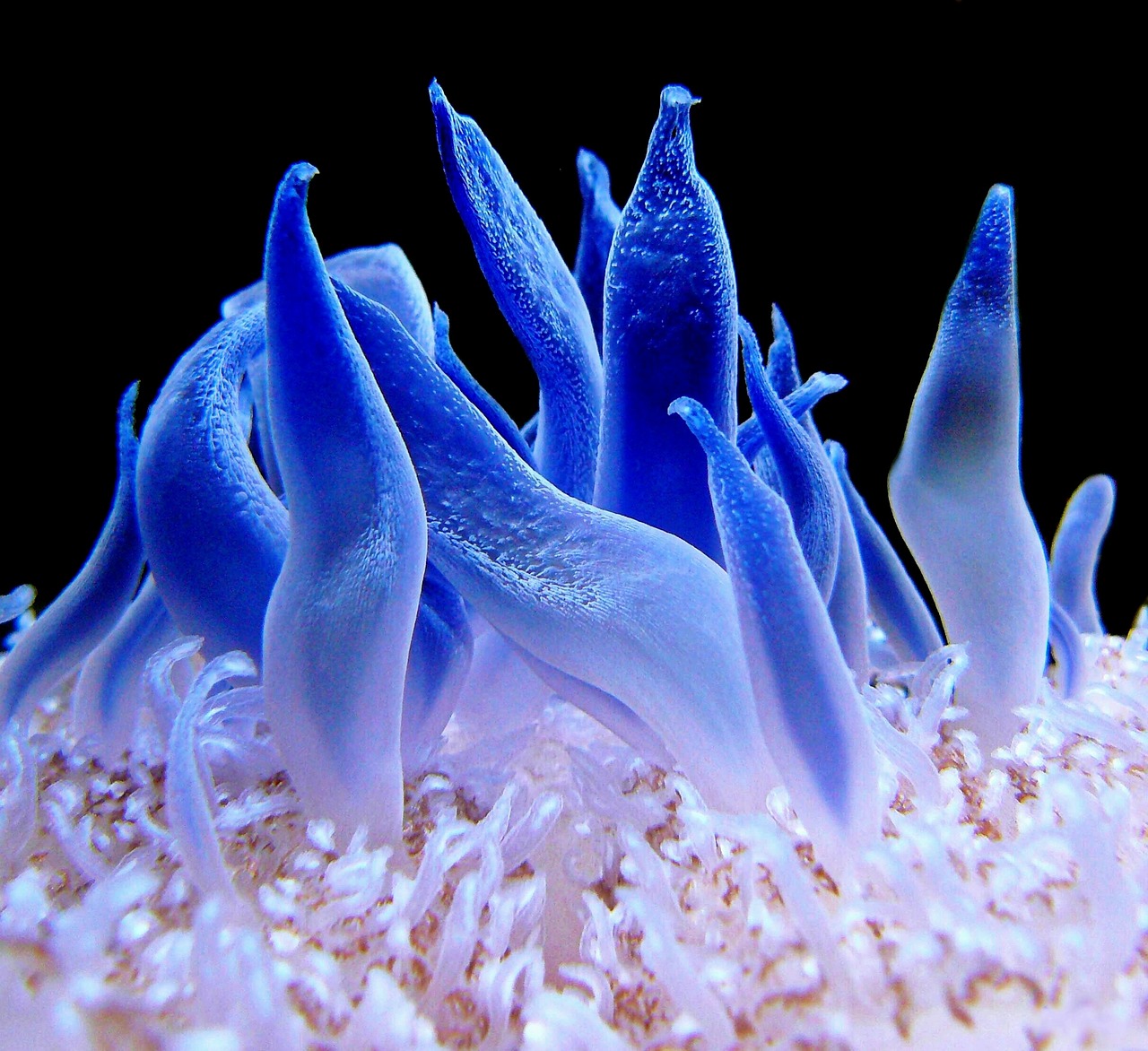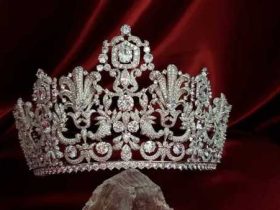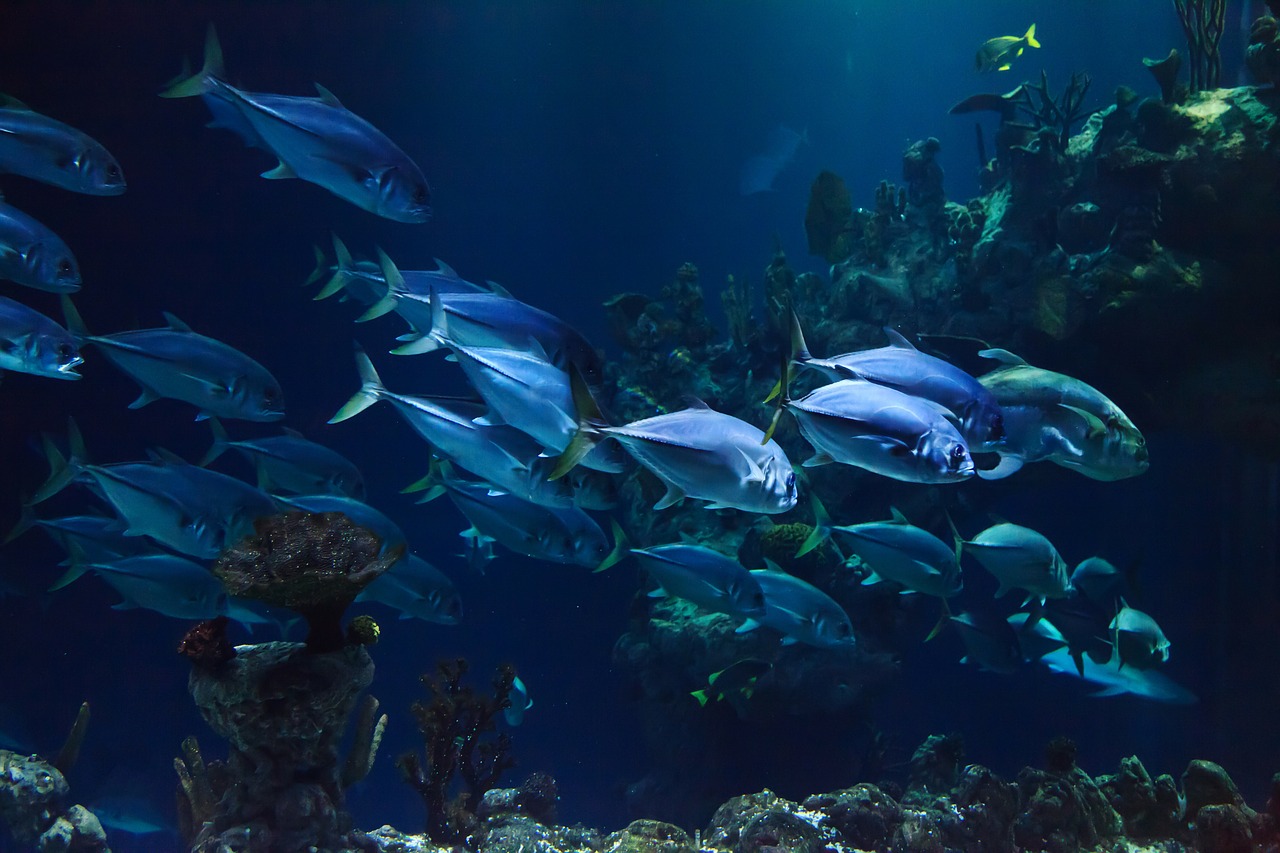Filtration is a vital part of your saltwater aquarium.
The right filtration will provide a clean environment for your fish and help them live longer lives. The method of filtration that you choose, effects the tank setup and especially how much substrate you use.
A UGF or RUGF filter should have about 2-3″ (5cm) of medium grade (2-3mm) substrate covering the filter plate. You do not need substrate when you use non-UGF filters (e.g., hang-on-the-back power filters), but, most people use between a 1/2″ to 1″ for such tanks. It’s interesting to note that too much substrate in a non-UGF system might lead to dead spots, which can kill your fish and invertebrates.
What is the best filtration for your saltwater tank?
There are several types to choose from, but one of the best possible filtration systems for a fish-only marine tank is a wet/dry filter. Although commercial setups are fairly expensive, a wet/dry filter can be made very inexpensively at home with little effort. The ARCHIVE has a lot of information about constructing your own W/D filter system (as well as other fish related projects).
Many people advocate wet/dry filters for marine tanks stating they are the only acceptable solution. This is simply not true. Any one of the popular filtration systems may be used for a marine tank. The key to success is providing adequate biological filtration without trapping excess detritus. Trapping detritus produces nitrates and inevitably leads to problem algae outbreaks. Which ever filtration system you choose, be sure to rinse the mechanical filtration media at least once a week. Ideally you should rinse the media in old saltwater from the tank to minimize the disruption of any nitrifying bacteria growing on the media.
When you buy your filtration, don’t forget to get a protein skimmer. Protein skimmers are a must for a decently stocked saltwater tank as they strip dissolved organic particles from the water before they can be converted to nitrates. Two basic designs of protein skimmers are discussed below:
Air-Driven Protein Skimmers
Air-driven protein skimmers use a wooden or glass air stone to produce bubbles in a column of water.
Venturi Skimmers
Venturi skimmers use a venturi valve to inject bubbles into the water column. Both air-driven and venturi have co-current and counter-current designs, with counter-current protein skimmers being far superior to co-current models.
In deciding on a protein skimmer, there are some basic things to consider. Air-driven skimmers use air stones which must be replaced on a regular basis (usually every month or so). Additionally, they usually require more maintenance than venturi skimmers to maintain proper skimming. Venturi skimmers on the other hand require very powerful pumps to achieve effective protein skimming. They are usually more expensive than air-driven skimmers as well. Also, any skimmer smaller than 24″ should be avoided for heavily loaded tanks.
Filtration is key, but water movement is a must in saltwater aquaria. Without circulation the system will be unstable and usually tends to grow unhealthy amounts of algae and other undesirables. The easiest way to achieve water movement is to have a power head in the tank for circulation. One must be careful though, a medium sized power head in a small tank will easily make a tornado- like environment and cause problems for small or slow moving creatures.











